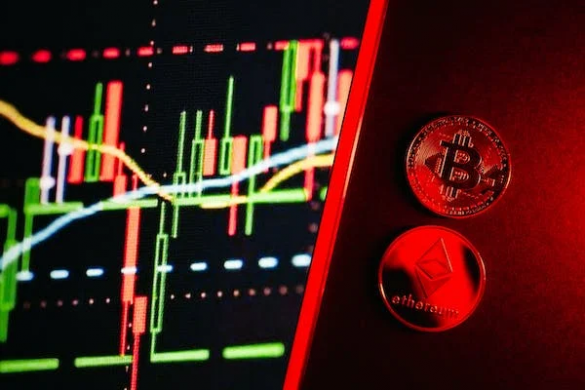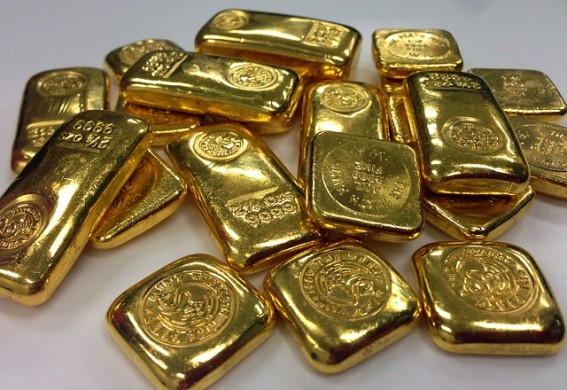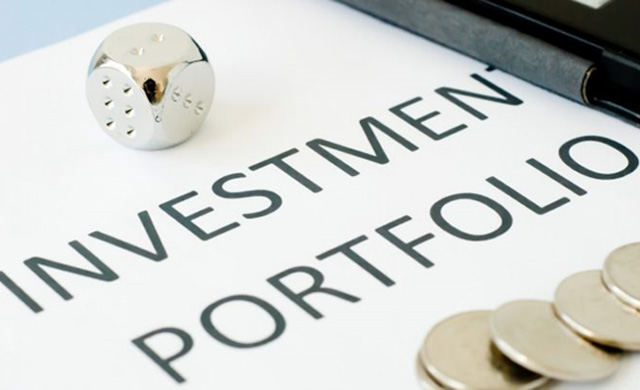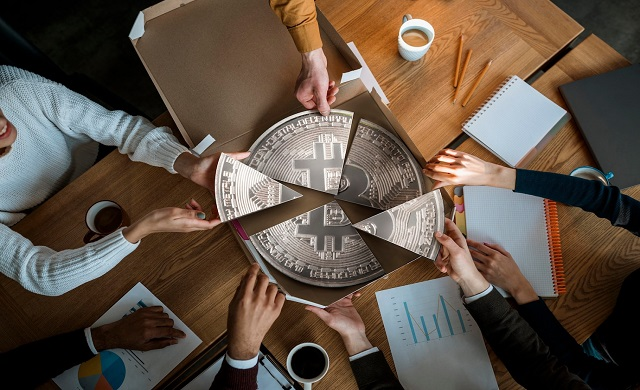Today, many applications are built on the BSC network. The most popular of them is the decentralized exchange PancakeSwap, the exchange and platform NFT BakerySwap, the decentralized finance marketplace Venus, and many others.

The growth of BSC demand raised the question of how to create a BSC Wallet and where you can get a BSC full node to become more significant. But first of all, let us dive deep into the BSC network to understand why the creation of BSC wallets is trendy today.
What is Binance Smart Chain?
Binance Smart Chain (BSC) is a blockchain network that is run by the cryptocurrency exchange Binance. It was launched in 2020 to replace the Binance Chain network that appeared in 2019. The developers made some compromises when designing the BC network, which resulted in the network being less flexible in terms of programming. This issue was resolved by the BSC network. It was designed with a vector on smart contracts, decentralized finance (DeFi), and solving the scalability problem. Today there are decentralized exchanges (e.g., PancakeSwap), lending protocols (Venus), yield aggregators (Autofarm), and other decentralized applications based on BSC.
Companies built on the BSC network must run BSC crypto nodes. In doing so, you don’t need to do everything by yourself — you can just get access to nodes using the API key of one of the reliable crypto node providers.
The main goal of Binance is creating its network, based on smart contracts, and the desire to reduce the gap between the platforms of centralized and decentralized finance. Thus, before the exchange Binance created its network, most of the DeFi projects were opened on the Ethereum network, which at that time already supported smart contracts.
Created in 2020, the BSC network is compatible with the Ethereum network, allowing developers of DeFi projects to transfer their developments to the BSC without much trouble. Plenty of web 3 companies develop the BSC applications such as exchanges or wallets.
How to Create a BSC Wallet?
You can use the BSC through numerous wallets. Such as:
- MetaMask;
- Guarda Wallet;
- Binance Chain Wallet;
- Ledger and others.
Let’s look at creating a BSC wallet using the web version of Guarda Wallet as an example. Note that the BSC wallet is available only in a web version of Guarda Wallet, but BNB coins are available also on Guarda Wallet mobile App.
- Download the app using Google Play or AppStore and launch it. you’ll need to set a password to be able to log in to the application.
- Create a new wallet. To access it, you need to save a backup offered by the wallet itself. You’ll be needing it if you’ve to regain access to the wallet. You should save this backup where only you can find it. It is best to download it to your files folder.
- The main screen will open and there will be a list of tokens. Among them, the Binance smart chain is available. Click on it and then click Receive to get your wallet number.
- Deposit BSC assets into the created wallet.
Any wallet that supports this network is fitting to set up a BSC wallet.
What features does the BSC have
Binance Smart Chain has the following main features:
- Full compatibility with Ethereum. Developers can move applications from one ecosystem to another virtually unchanged.
- Independence from the original BC blockchain — the chains work in parallel, and if one stops functioning, the other will not be affected in any way. But both blockchains are free to interact with each other, and assets can be moved from one to the other.
- Community governance and Proof-of-Stake consensus mechanism with authority confirmation. BNB, the platform’s token, is used for community management voting and network security. PoS also enables transactions to be processed much faster than PoW.
Since the launch of the Binance Smart Chain network, Binance has been actively supporting developers of DeFi projects using the BSC network to this day, so in less than a year of network operation, more than 100 DeFi projects have opened their products in BSC, which is an excellent result and gives the user a choice. If you’d like to create your app, you can access this blockchain and run your BSC node.
Connection of BSC and BNB
Binance Exchange Coin (BNB), and the Binance Smart Chain network are closely linked, which has a positive effect on the price of BNB.
- Transaction fees. The BSC network uses only BNB coins to pay transaction fees.
- The omnipresent use of BNB. With the discovery of the Binance Smart Chain, BNB has been used in many DeFi projects. This way, the coin moved beyond the Binance exchange and significantly expanded its functionality with the appearance of a new network.
- New coin listing. Many DeFi projects list their coins on the Binance exchange and use LaunchPad, an internal platform of the exchange. Listing through this platform involves using BNB coins to buy new tokens, or staking with a reward in new coins.
All the points listed above have a positive impact on the price of BNB tokens and are associated with Binance Smart Chain.
Conclusion
Binance Smart Chain is Binance’s blockchain, which explains the peculiarities of its operation and development. The advantages of BSC — are high speed of transaction processing, low fees, and flexible conditions for project development. Based on Binance Smart Chain it is possible to launch smart contracts and create decentralized applications and DeFi-projects. BSC compatibility with Ethereum allows transferring DApps from Ethereum to the Binance blockchain. You can access the BSC cryptocurrency nodes if you want to create a new project by simply using the third-party node provider.
BSC is an excellent analog of the Ethereum network, since low fees, high transaction speed, and rapid development of the network’s “infrastructure” are the things that Binance Smart Chain wins over Ethereum network. You can easily create a BSC Wallet using wallets that support the BSC network.

 Hot Features
Hot Features













